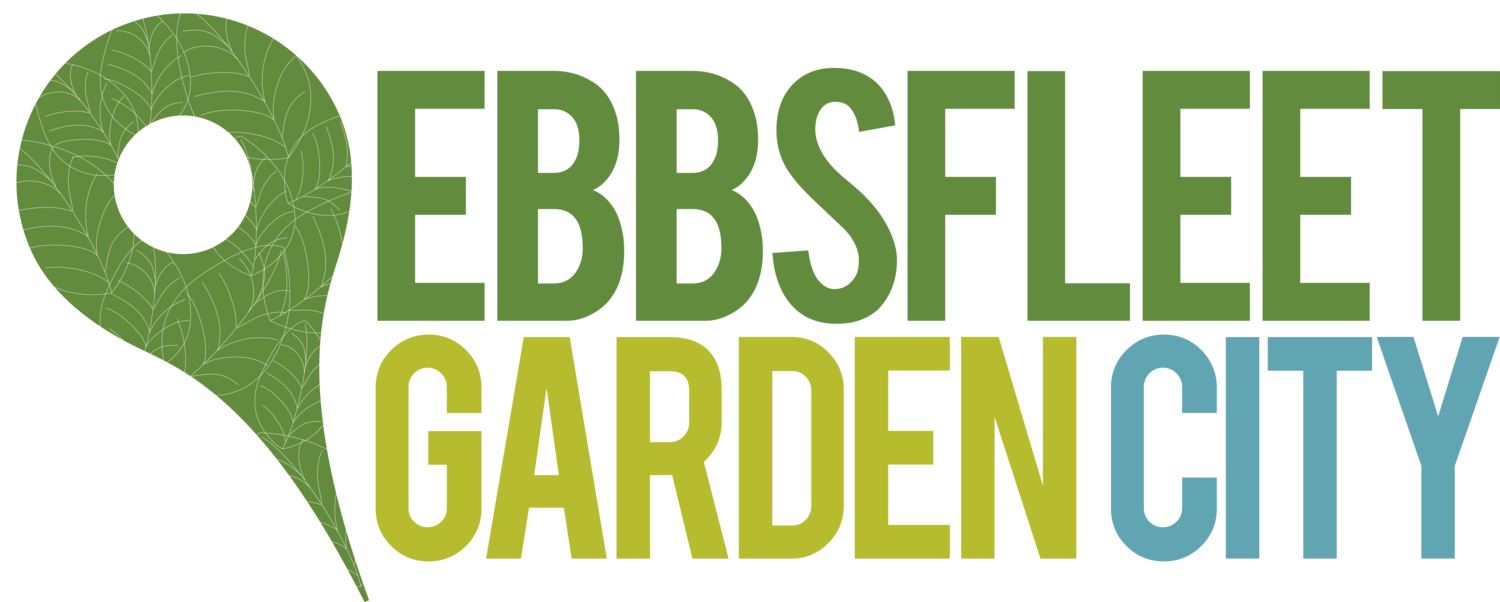A broad range of new technologies are likely to affect the way we choose to travel around Ebbsfleet in the coming years. Electric bikes and scooters and ride hail services are already common place in Ebbsfleet, and as these emerging technologies mature, they have the potential to make non-car based alternatives cheaper, more convenient, and ultimately more attractive than the car for local journeys.
The following section provides a brief overview of the current context in Ebbsfleet, reviewing current travel behaviours, emerging technologies, and their potential impact.
It should be noted that while reviewing current behaviours and statistics is useful, these behaviours are predicated on the existing transport systems, levels of congestion, ticketing and pricing, all of which are likely to change significantly as Ebbsfleet grows.
big data
Big data offers the opportunity to provide valuable insights into the travel behaviours of residents, and to use this in the planning of transport systems, services and products. Mobile phone data has already found its way into traffic modelling and forecasting, and in the management of real time data in sat-nav system. This type of technology is likely to be incorporated within the development of apps that support and enhance the lives of people within Ebbsfleet
Mobility as a service (MAAS)
‘Mobility as a service’ (MaaS) encapsulates the move away from private vehicle ownership, towards travel need being provided as a single service. There are several potential models, which combine transport services from public and private providers through a unified gateway that creates and manages the trip, which users can pay for with a single account. MaaS is already being trialled in the West Midlands, where the Whim app provided users with unlimited use of buses, trams and bike share, and a fixed number of taxi journeys / car hire days for a single monthly fee. MaaS makes use of the sharing economy, the availability of big data and the internet of things, to create a feasible alternative to car ownership in urban locations such as Ebbsfleet.
Connected and autonomous vehicles
CAVs use the internet of things, big data, and a host of emerging technologies to allow vehicles to ‘self-drive’. While a fully autonomous vehicle may still be decades away, the impact of their arrival on the planning and design of the city is likely to be significant, and is worth considering in the master-planning of Ebbsfleet Central. The anticipated changes resulting from such technologies include likely changes in propensity to own a car; the need for on-plot parking and the knock-on impact of displaced remote-parking; the potential for narrower carriageways, and the need for integrated charging station within the city.
The sharing economy
Younger people still aspire to travel, but with a different mindset to the norm that has prevailed since the fifties. They are less interested in the responsibility and cost of possession (whether leased or bought) but are more inclined to hire or borrow to meet their needs
The rise of Uber, Lyft and other ride hailing apps has been both a significant disruptor and a flag to this changing behaviour pattern. These apps show that particularly the younger working generation are attracted to this way of travelling.
Any future rise in the costs of car ownership, which could easily arise through the electrification of the vehicle fleet and the expense of battery technology and CAV technology, would make ownership even less attractive. Some electric cars already have a split ownership model, where the car is owned or leased in the traditional way, and the battery is leased alongside it.
It is likely that the sharing economy will continue to disrupt travel behaviours, although this may not lead to more efficient use of the network or scarce resources.
Personal Transport Modes
There are a growing number of personal mobility vehicles and devices on the market, which could impact the way people with mobility issues travel within Ebbsfleet, as well as the wider community. The emerging technologies include scooters, electric scooters,skateboards and bikes, and self-balancing devices such as segways.
While some of these may not be legal to use on public highways currently, consideration should be given to how they may be legally supported within the public realm, and how if they could share cycle networks and infrastructure.
Internet of things
The ‘Internet of Things’ is about the connecting of devices to allow them to act autonomously as a result of their connection. IOT will be reliant on super-fast networking, and the roll out of a ubiquitous 5G network. Connected vehicles are becoming more and more the norm. The IOTs offer the potential to assimilate data from vehicle fleets on conditions such as the localised weather, to change vehicle set-ups to suit the driving conditions in that area. For public transport, the IOT offers the opportunity to provide real-time journey advice tailored to a specific person’s journey, factoring in current conditions reported from travel infrastructure and vehicles across the city, or linked to monitoring of air quality / health status to advise on best journey options. The opportunities are endless...






